Podcast: Play in new window | Download
Your airplane’s alternator is something you depend on, and if it’s not working dependably, it quickly becomes a serious situation.
In today’s episode, we talk about some actual charging system issues I’ve encountered recently in the shop where I work, at Classic Aviation, as well as some interesting discussion I found in some online forums about charging system troubleshooting… (it seems to me that much of that “troubleshooting” turns out to be wild guesses, but there is actually some good information in those forums, if you can sort through all the opinions and “armchair quarterback ideas.”)
Beyond the forums, there is A LOT of good information available online for aircraft electrical system troubleshooting, and one post I found was from Hartzell Engine Technologies. This is the one I mentioned in today’s episode, that had the tip about using a hacksaw blade for a simple test… I’m going to try that one!
You can find that post here:
Finally, here are some issues I’ve encountered just recently on a twin Cessna:
The “R ALT OUT” light was on, even with the engine running, and the alternator charging normally.
And here is the “Alternator Inop. Sensor” that turns that light on and off, under normal circumstances. It’s mounted near the alternator at the forward, right side of the engine.
Listen to today’s episode, for a description of what the three wires are for, (the red, the white, and the black wire.)
Finally, the culprit was found… the wire that comes from the ground side of the alternator inop light in the panel, was shorting out on the air-oil separator, before it even got to the sensor at the forward, right side of the engine. This caused the “R ALT INOP” light to be on, even though the alternator was working just fine. After fixing that, the system returned to normal operation. This one was challenging to find!
Here’s what that wire looked like after it was pulled out of that wire bundle.
And the corresponding area on the air-oil separator where that wire was shorting to ground.
Then there was another problem on the left engine, where the alternator would drop off line occasionally… this was different than the right engine, in that it actually stopped working. It didn’t happen often, just occasionally. Here is that alternator:
And here is what the brushes looked like when they were removed:
Needless to say, a new brush assembly has been ordered!
So, those were some interesting issues, and it’s good to finally have them solved.
In thinking about this whole area of charging system troubleshooting, here are several things to keep in mind:
- We all tend to approach troubleshooting from the perspective of our personal experiences. So, if we had a particular problem or two happen in the past, we naturally tend to think someone else may have that same problem.
- It’s really easy to immediately think of the main components, like the alternator and the voltage regulator. Unfortunately, these are some of the most costly times in the system, and many times, are not the cause of the problem. Changing them without good troubleshooting, can be a shot-gun approach… it might fix it, but it might not.
- Out of the ordinary issues are sometimes not covered in the maintenance manual, and these can be very frustrating to troubleshoot and figure out. Like that chafing wire that caused the alternator inop light to stay on, even though the system was actually working.
- Some issues I’ve seen, that have caused problems, have included:
- Loose connections (at alternator, at battery, at airframe ground, etc.)
- Corroded/burned contacts inside electrical master switch (field circuit side.)
- Chafing wiring in engine compartment.
So, as an airplane owner, what can you do?
- Learn all you can.
- Read online, but be cautious!
- Study your POH.
- Work with your A&P if possible.
- Ask questions.
- If you get obscure answers that sound confusing, ask someone else!
- If you get a defensive answer, definitely ask someone else.
- Example: Can you explain to me why you think we need to replace the alternator? (There should be a valid answer to this, other than, “It’s the most obvious thing to do.”)
- Be as gracious with your A&P as you can.
- They’re not perfect, after all!
- Some problems are complex.
- This is not someone you want to be ticked off at you!
Happy troubleshooting!

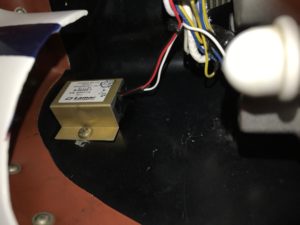
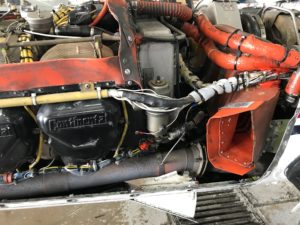
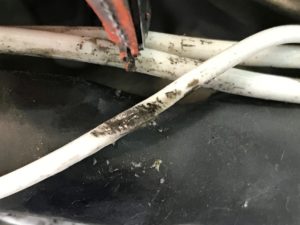
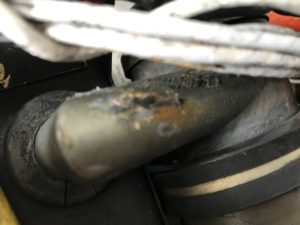
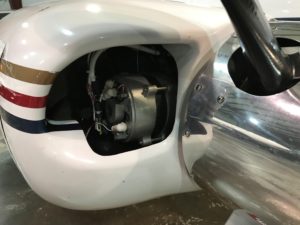

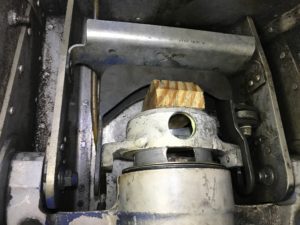
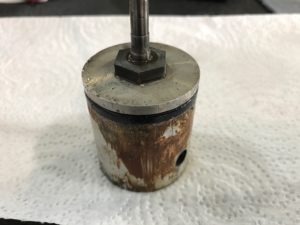
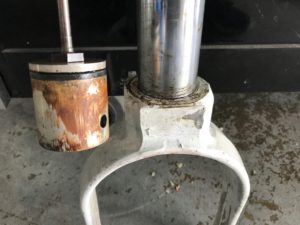
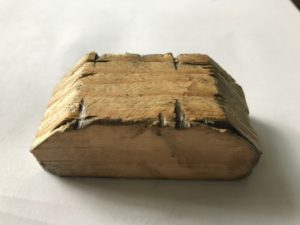
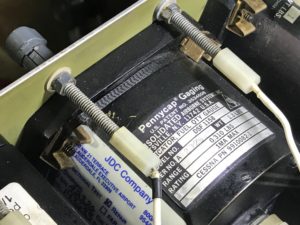
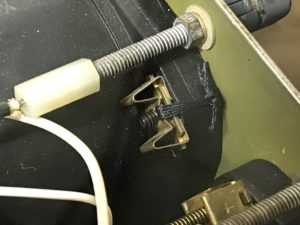
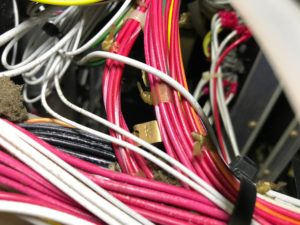



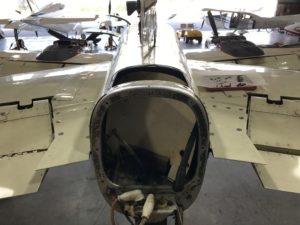





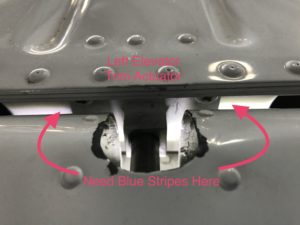



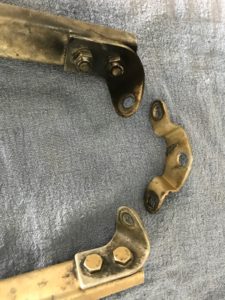
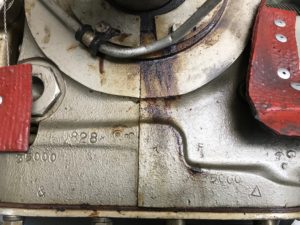

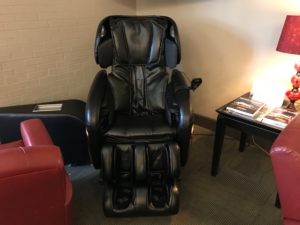
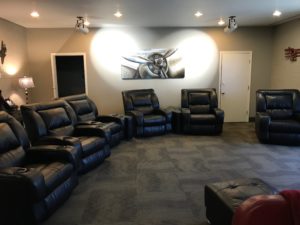


Recent Comments